DNA purification is an important step in a sample preparation workflow that eliminates enzymes, salts and other contaminants from lysed samples and products of PCR prior to applications such as cloning or sequencing. It also eliminates unwanted PCR-induced adversities like primer dimers and unincorporated nucleotides. DNA purification in molecular biological research is a critical step that requires careful planning to achieve reliable, high-quality results.
There are a variety of approaches to the purification of DNA. Traditional methods for DNA isolation involve many steps including leukocyte isolation or red blood cell lysis in order to remove heme proteins that block the PCR reaction, deproteinization, the treatment of RNAse. These include ethanol and isopropanol precipitation, and then DNA elution. These procedures require specialized equipment, like an electrophoresis device and biosafety cabinets, due to the intercalating dyes used in electrophoresis on gels.
Other methods of DNA purification use spin columns or 96-well filter plates to eliminate contaminated particles by adsorbing them to the surface of the column or plate. These techniques can be very laborious, especially when dealing with large quantities of samples or when the columns have to be refilled manually with new Reagents.
Dipsticks reduce the number sample processing steps from six to three. They bind nucleic compounds using waxy cellulose and then release them in the presence of water. This method is particularly effective in low-resource settings like remote field sites or teaching labs. Its simplicity (30 s per sample) is a great fit for diagnostic molecular tests like disease detection and genotype screening.
http://www.mpsciences.com/2021/04/15/gene-synthesis-and-transcription-processes/


